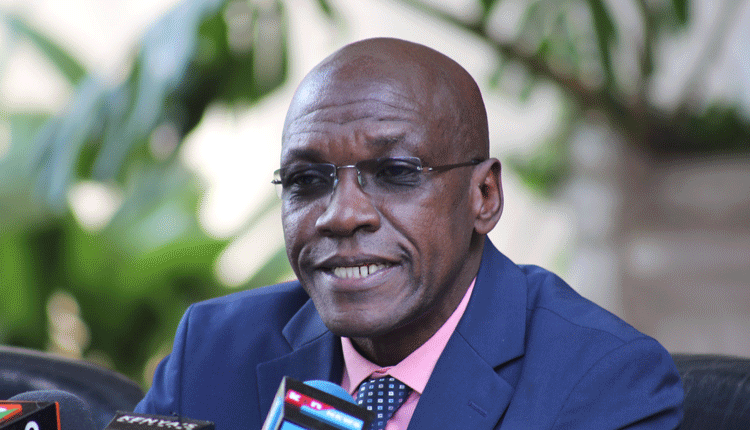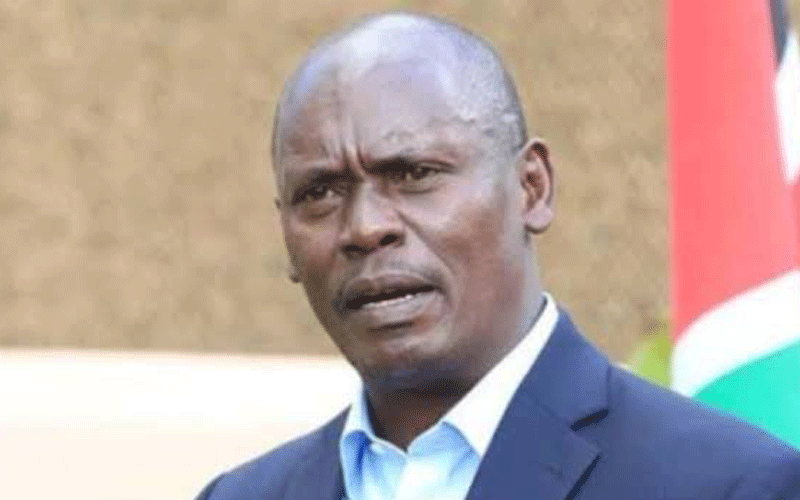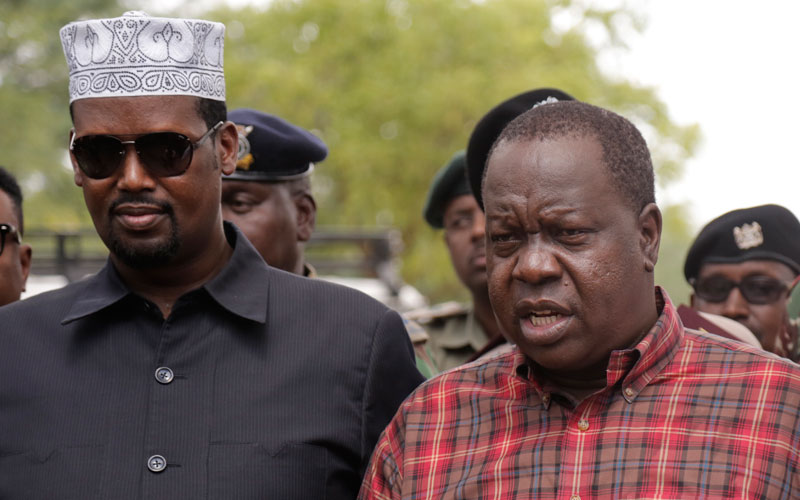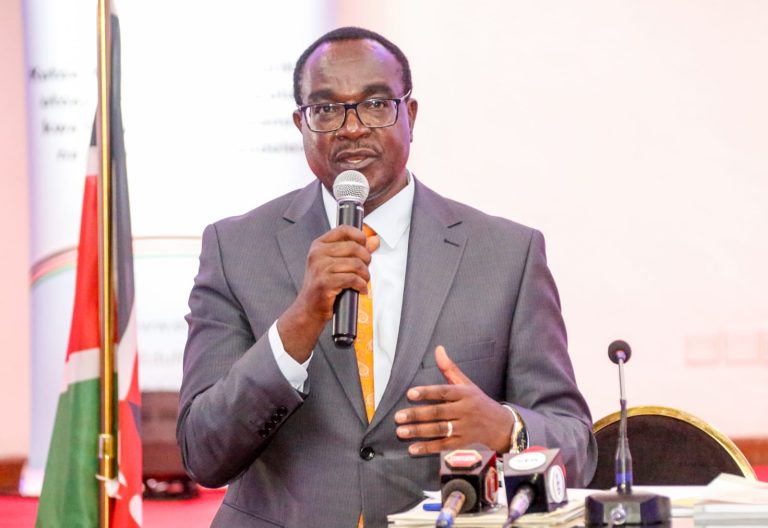How terrorists use prisons as havens of radicalisation
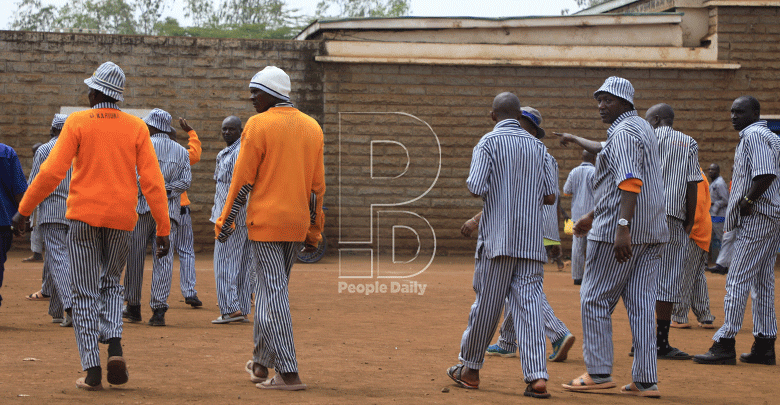
Kenyan prisons, which are mandated to rehabilitate law breakers, including terrorism convicts, have been identified as one of the weak links in the fight against terror.
Investigations have revealed that the correction facilities are potential locations where inmates imprisoned for other offences are recruited into terrorism.
Kenya National Strategy to Counter Violent Extremism (KNSCVE) has said some of the facilities provide convicted terrorists a captive audience of disaffected individuals.
In Kenya, Shimo La Tewa and Kamiti Maximum Security Prison have the biggest population of inmates associated with terror offences, creating serious security concerns within the penal system, according to the KNSCVE.
Hundreds of them have been convicted of engaging in various terrorist activities, promoting radicalisation and violent takeovers of mosques, especially at the Coast region.
“Terror associated inmates in Shimo La Tewa have been responsible for serving as a conduit for recruitment in other prisons across the country,” the report says.
According to the UN Standard Minimum Rules for Non-Custodial Measures, commonly referred to as ‘Tokyo Rules’ pre-trial detention should only be used as a means of last resort in criminal proceedings, but detectives say it is sometimes necessary to prevent flight, interference with evidence or the recurrence of crime, or protect the citizens from threat.
However, security experts now warn that excessive use of pre-trial detention, apart from having negative consequence for public health, social cohesion, and the rule of law, has been opening doors to radicalisation to terrorism and violent extremism.
“Overcrowded, chaotic and under resourced prisons could pave the way for the rise in charismatic extremist leaders to organise social groups and impose extremist belief systems upon their followers,” KNSCVE noted.
Vulnerable inmates
Reports further indicate that detained extremists select vulnerable inmates and use one-on-one proselytization (attempt to convert someone to one’s own religious faith) to recruit followers, by offering themselves as ‘trustworthy guides’ propagating religion as a means to find identity and meaning in life.
“Recruiters exploit vulnerability of their fellow prisoners by offering prayers, psychosocial support, and financial assistance both during incarceration and after release,” the report states.
Prison authorities have been advised to deploy professional staff, and determine and tailor risk and needs assessments in order to ascertain risks of prison inmates’ susceptibility to violent extremism ideology
“They should also utilise all legal sources for gathering information on what is happening within prisons as a way of identifying potential radicalisation. Additionally, monitor all forms of communication in order to detect,” the report suggests.
The Kenya Prisons Service Commissioner General Wycliffe Ogallo told People Daily the service was working to ensure that the threat is contained even as they decongest the facilities.
Currently, some 2,509 prisoners have petitioned the Power of Mercy Advisory Committee (POMAC) to recommend their release by President Uhuru Kenyatta.
Of the 2,509 prisoners, 1,626 are on death row, 219 on life imprisonment, 454 on determinate sentence and 172 on the President’s pleasure, according to the acting POMAC Secretary Lydia Muriuki.
